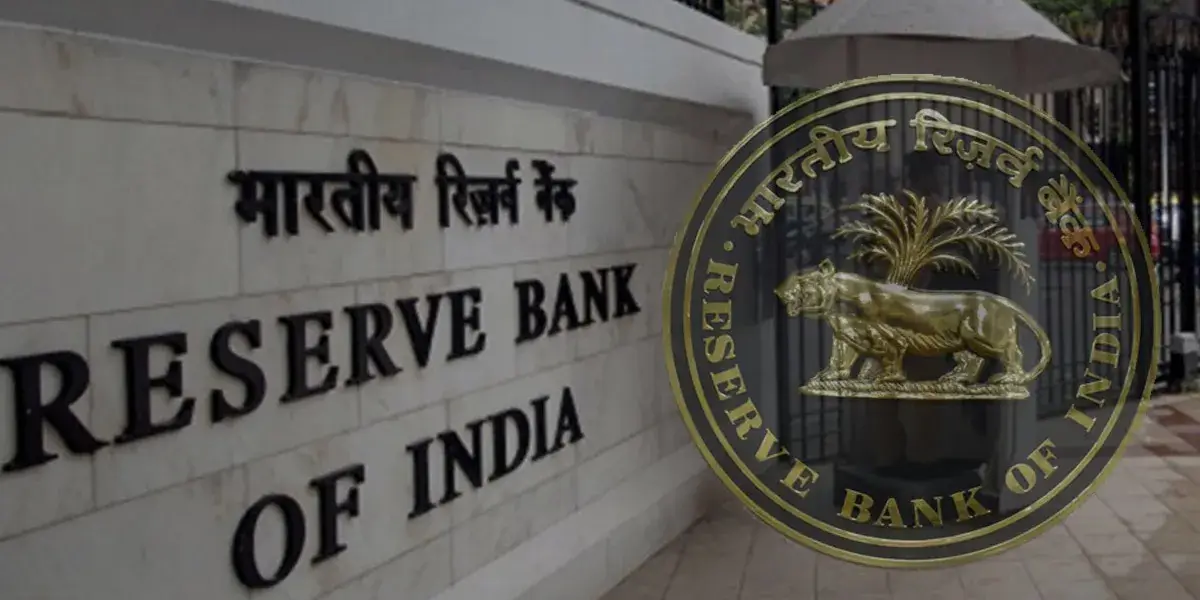Introduction

The Reserve Bank of India (RBI) is not just a financial institution; it is the backbone of India’s economy. Established with a vision to foster economic growth and stability, the RBI’s journey is a tale of evolution, resilience, and national progress. This blog delves into the captivating history of the RBI, its critical functions, and its role in today’s dynamic financial landscape.
A Glimpse Into the History of the RBI
The Genesis of the RBI
The RBI was established on April 1, 1935, under the Reserve Bank of India Act, 1934. Initially, it functioned as a privately owned institution. However, post-independence, the RBI was nationalized on January 1, 1949, marking a significant milestone in India’s economic journey.
Why Was the RBI Created?
The need for a central banking institution arose to:
- Regulate the issuance of currency.
- Control inflation and stabilize the economy.
- Serve as a banker to the government and commercial banks.
Key Moments in RBI’s History
- 1947 – Facilitated the partition of monetary resources between India and Pakistan.
- 1969 – Played a pivotal role in the nationalization of 14 major commercial banks.
- 1991 – Supported India during the balance of payments crisis and spearheaded economic liberalization.
The RBI’s Role in Today’s Economy
Core Functions of the RBI
The RBI’s responsibilities have expanded over the years. Here are its primary functions:
1. Issuer of Currency
The RBI holds the exclusive right to issue currency notes in India, ensuring adequate circulation and security.
2. Monetary Policy Regulation
Through instruments like the repo rate, reverse repo rate, and cash reserve ratio (CRR), the RBI controls inflation and stabilizes the economy.
3. Banker to the Government
The RBI manages the government’s accounts, debt, and borrowing programs.
4. Regulation of Banks and NBFCs
It ensures the smooth functioning of banks and financial institutions by regulating and supervising their activities.
5. Foreign Exchange Management
The RBI manages India’s foreign exchange reserves and ensures stability in the foreign exchange market.
The RBI’s Impact on Everyday Life
- Interest Rates: The RBI’s monetary policies influence loan and deposit rates, impacting individual and business finances.
- Digital Payments: Initiatives like UPI and RTGS have revolutionized digital transactions.
- Economic Stability: By controlling inflation and currency circulation, the RBI ensures a robust economy.
Challenges and the Way Forward
Challenges Faced by the RBI
- Balancing growth and inflation.
- Managing non-performing assets (NPAs) in the banking sector.
- Adapting to technological advancements and cybersecurity threats.
The Path Ahead
To remain relevant in a rapidly evolving world, the RBI is focusing on:
- Promoting financial inclusion.
- Strengthening digital banking infrastructure.
- Enhancing global economic integration.
Conclusion
The Reserve Bank of India’s journey reflects its unwavering commitment to India’s economic growth and stability. From its historic beginnings to its pivotal role in shaping modern India, the RBI continues to adapt and evolve, ensuring a resilient financial ecosystem. Understanding its history and present-day functions is essential to appreciate its impact on our lives and the nation’s progress.
Read more about RBI and clear information always on official website:
Read post: 8 Books That Can Change Your Life Forever : Has to be read in New year 2025